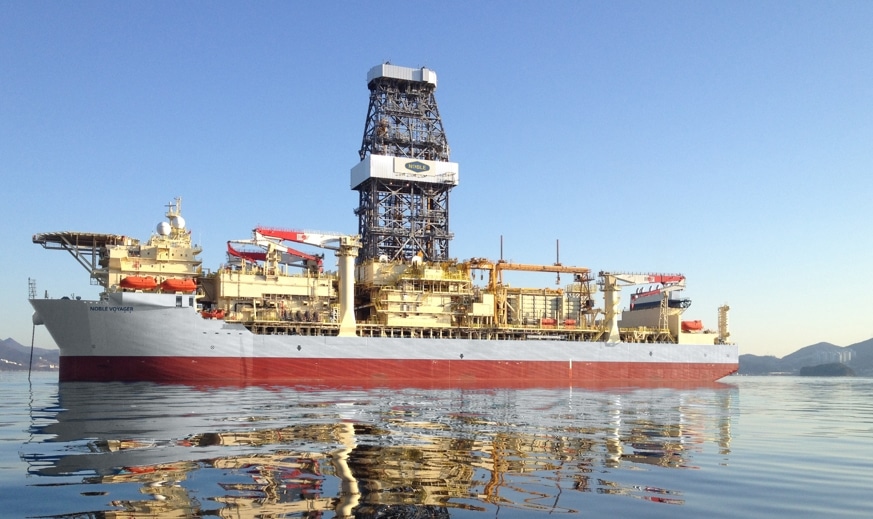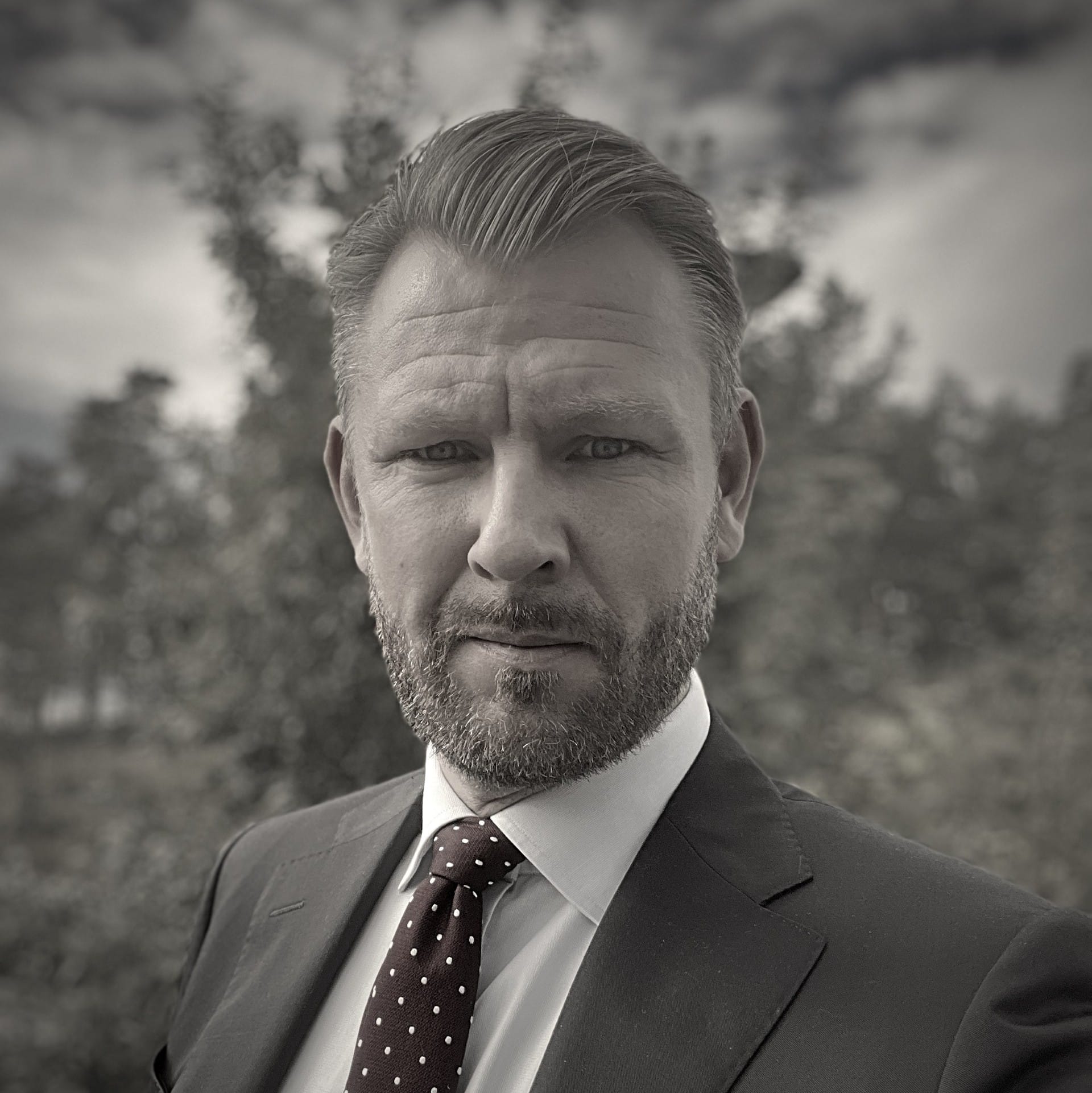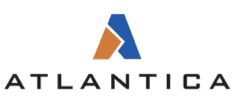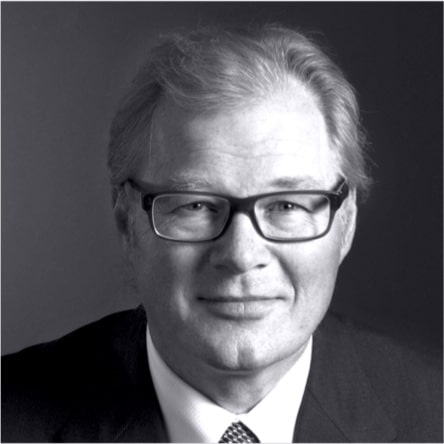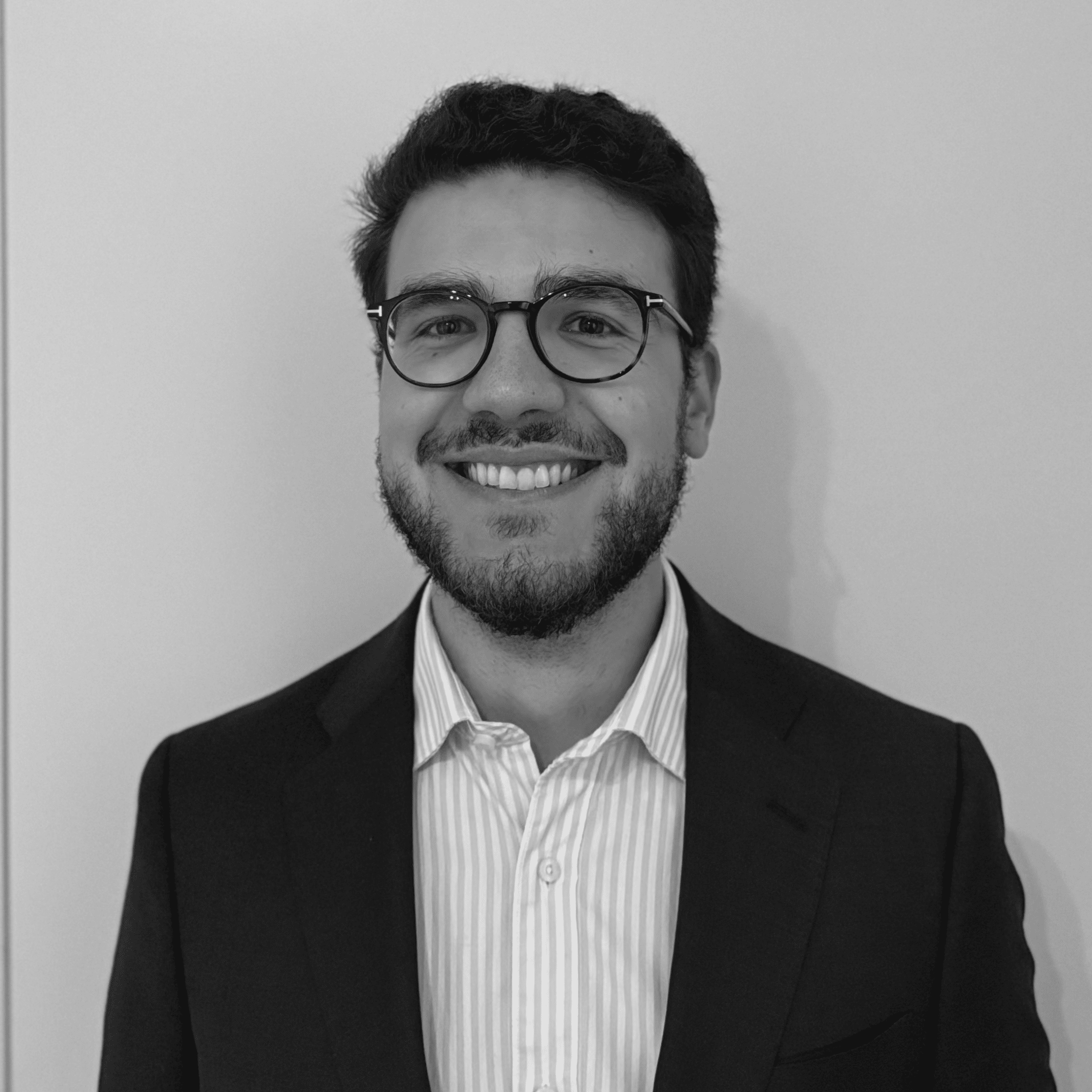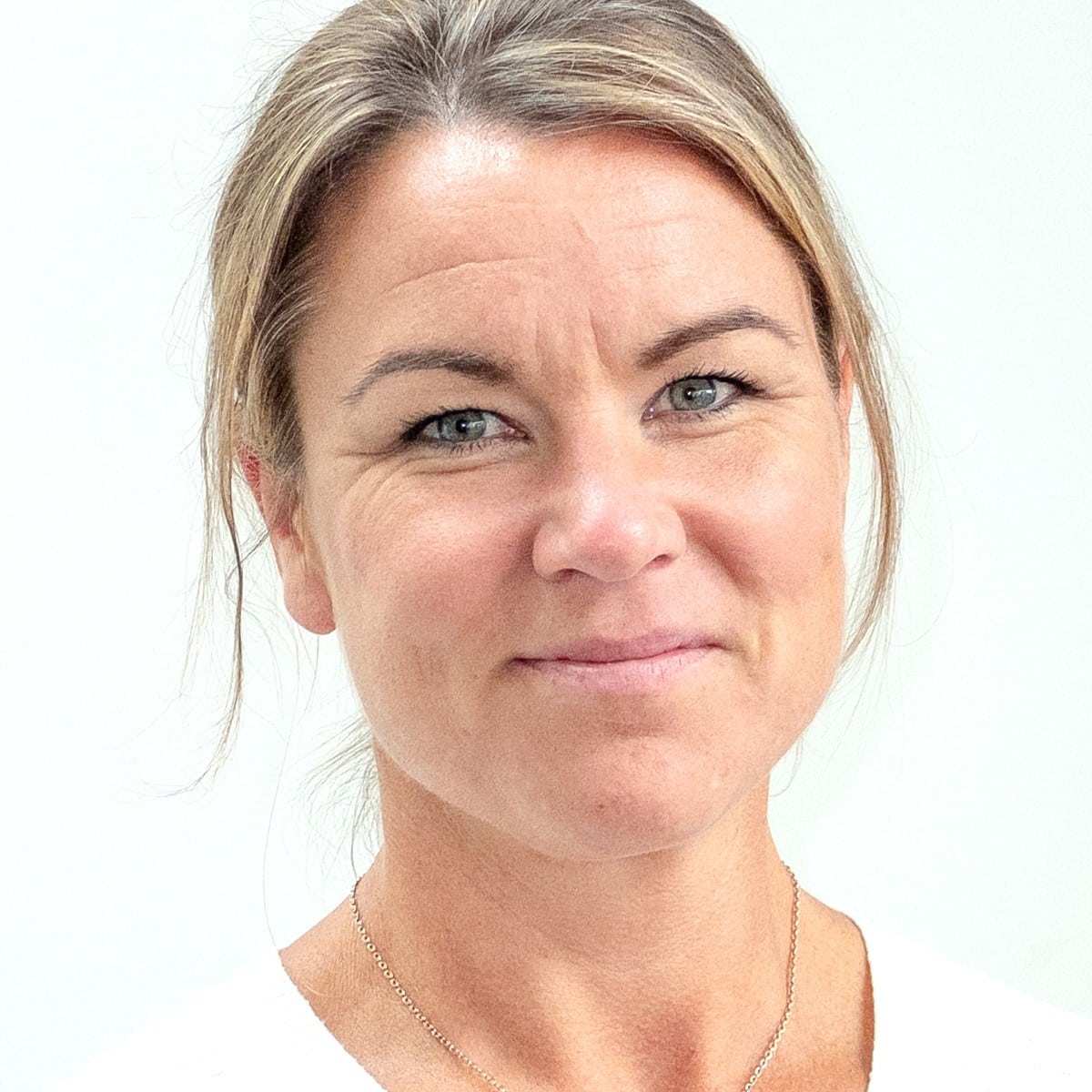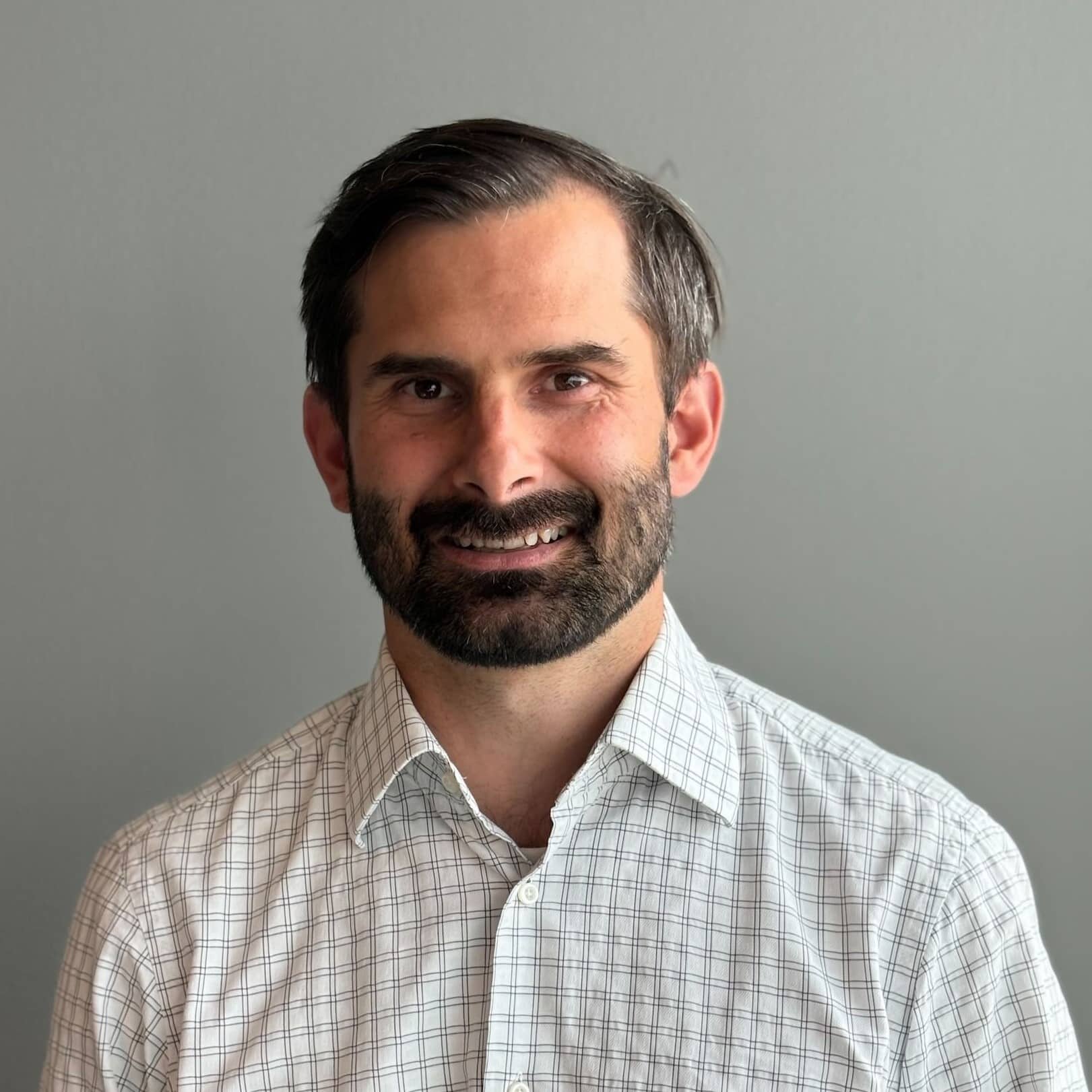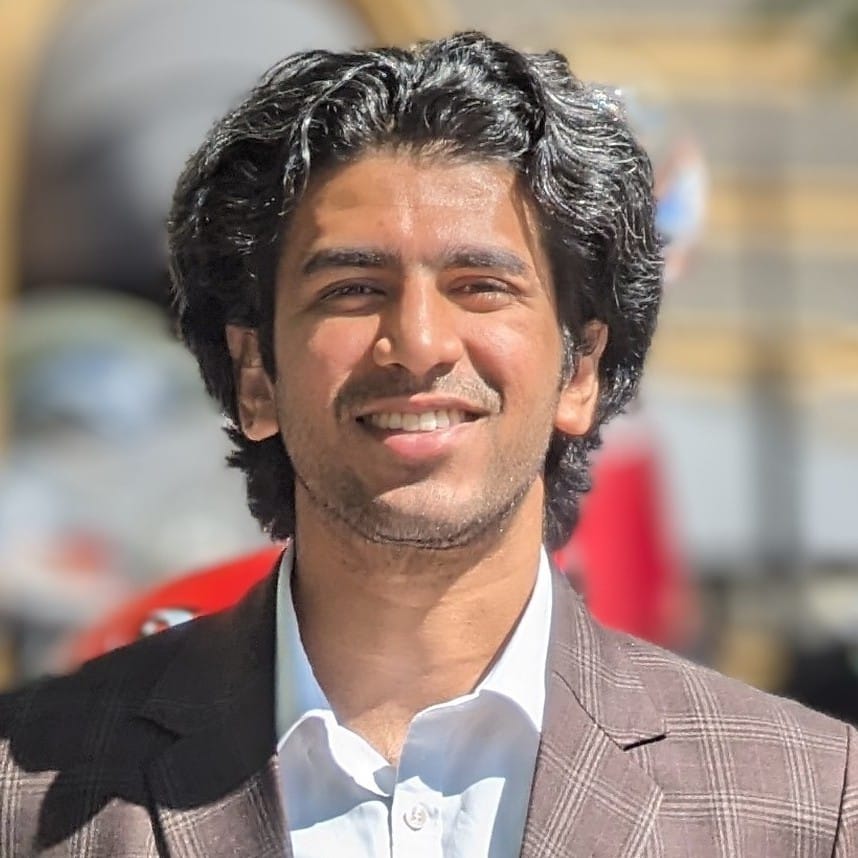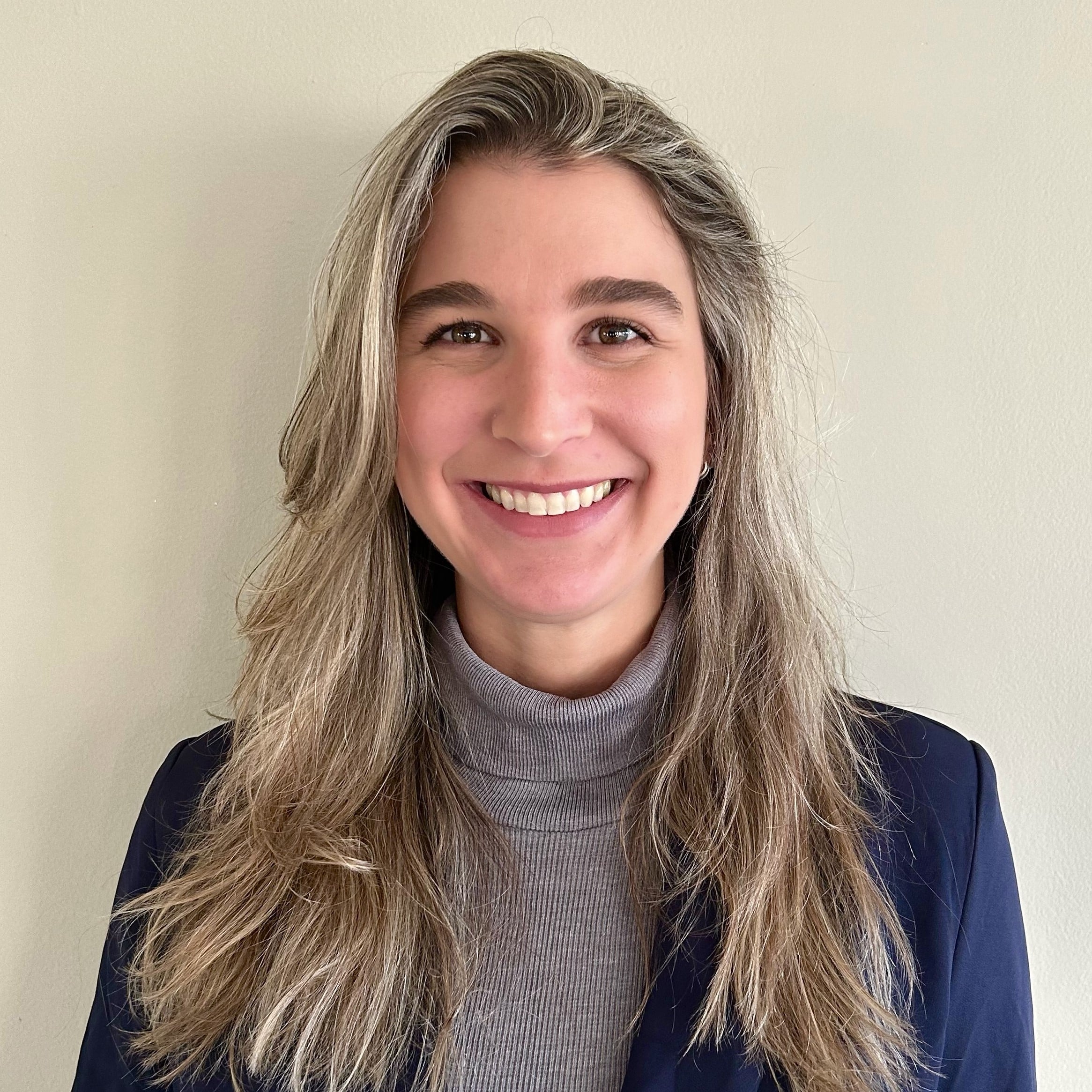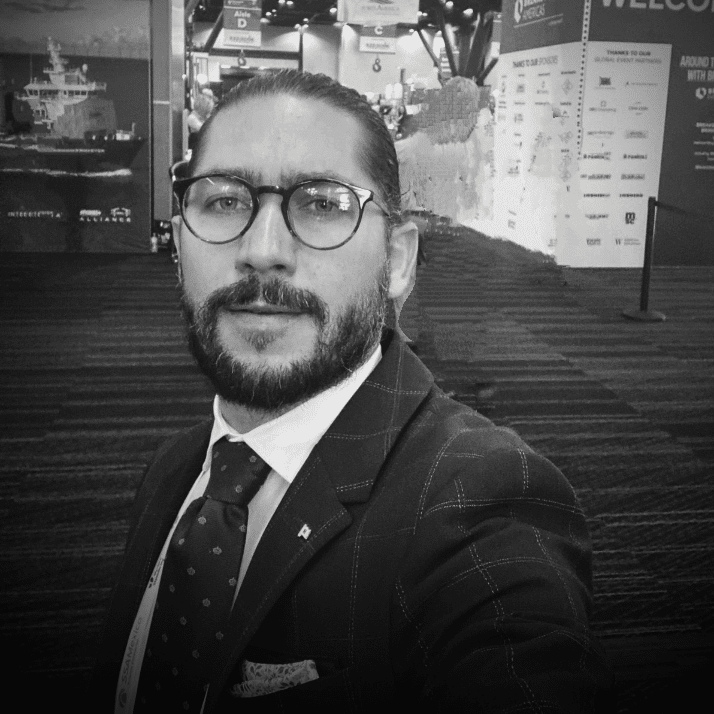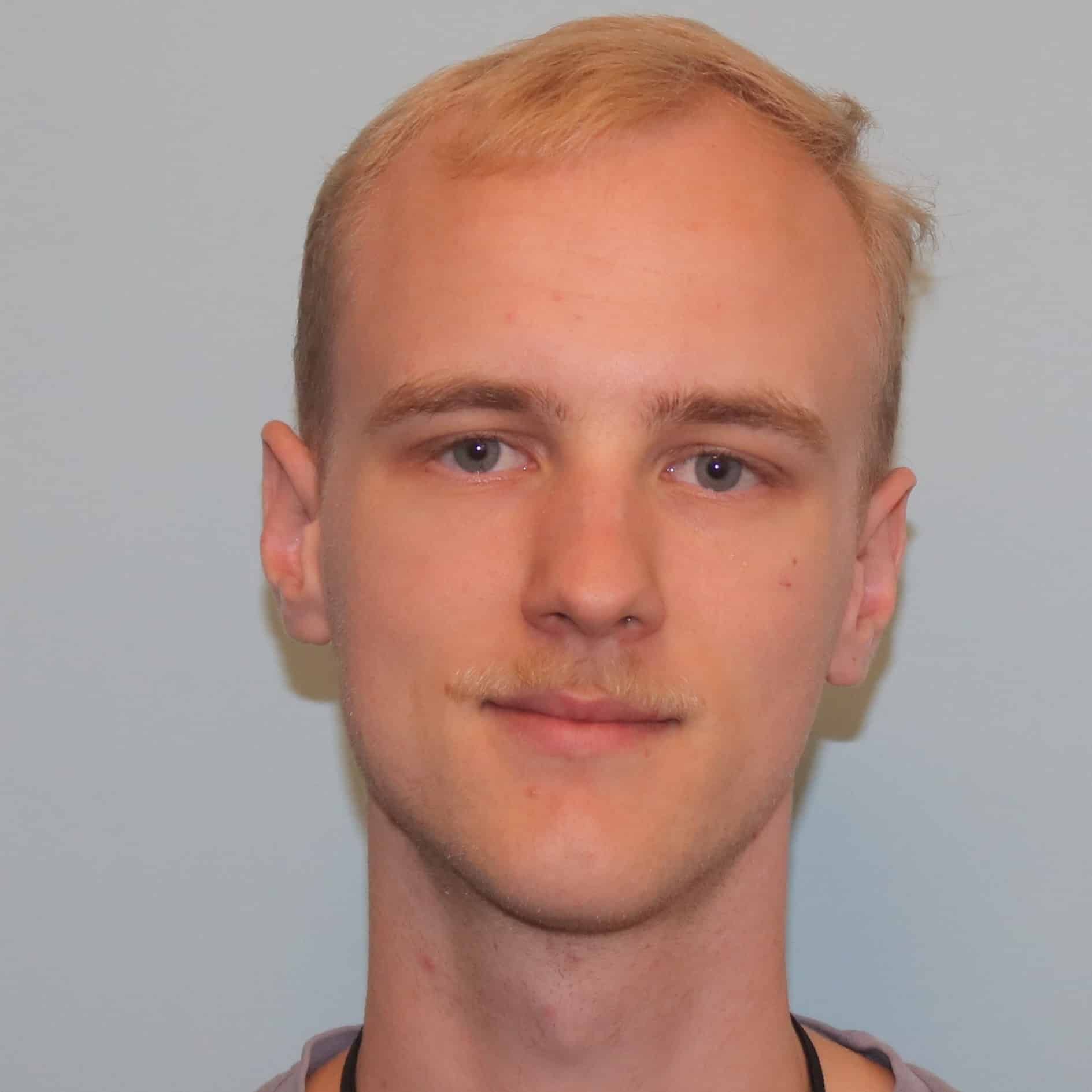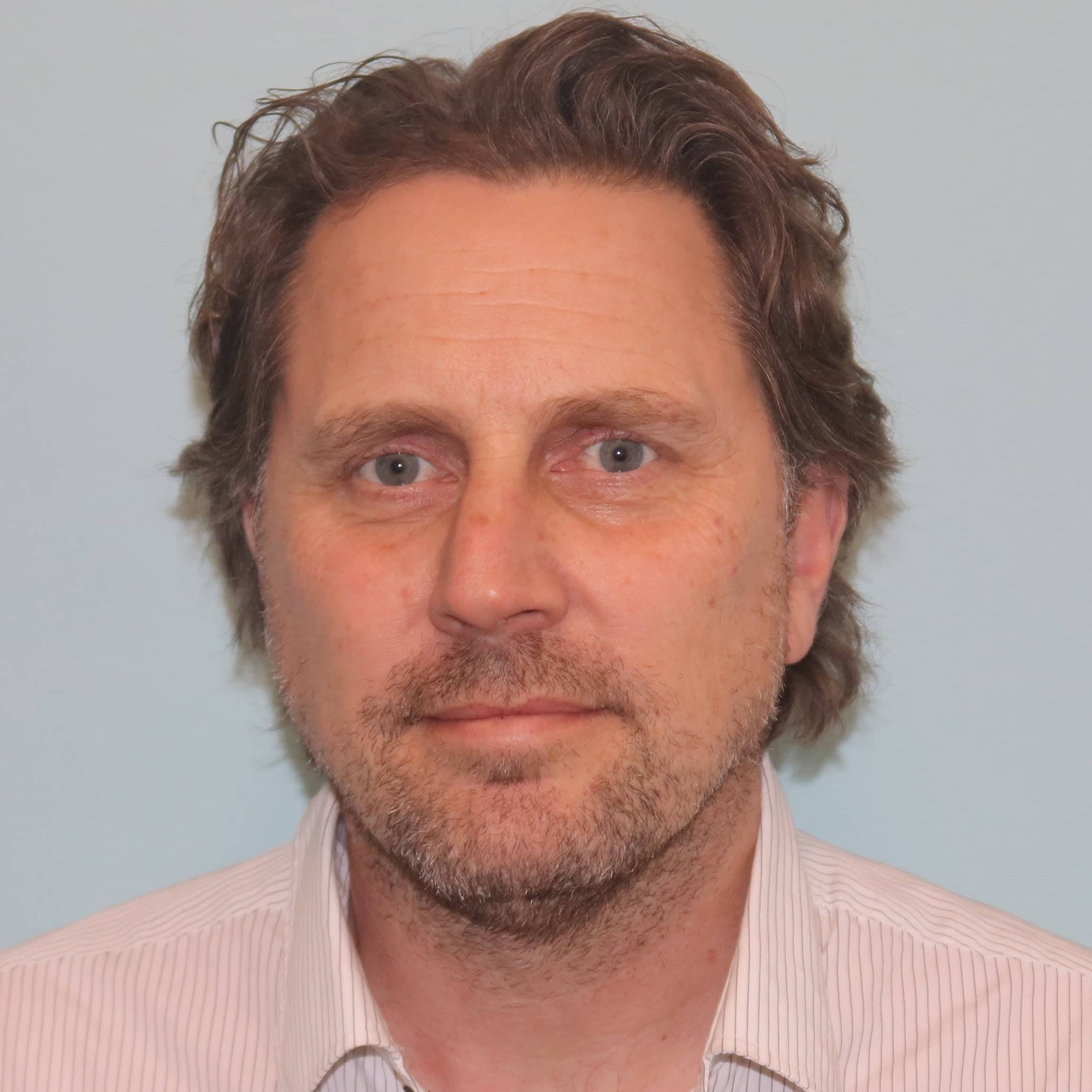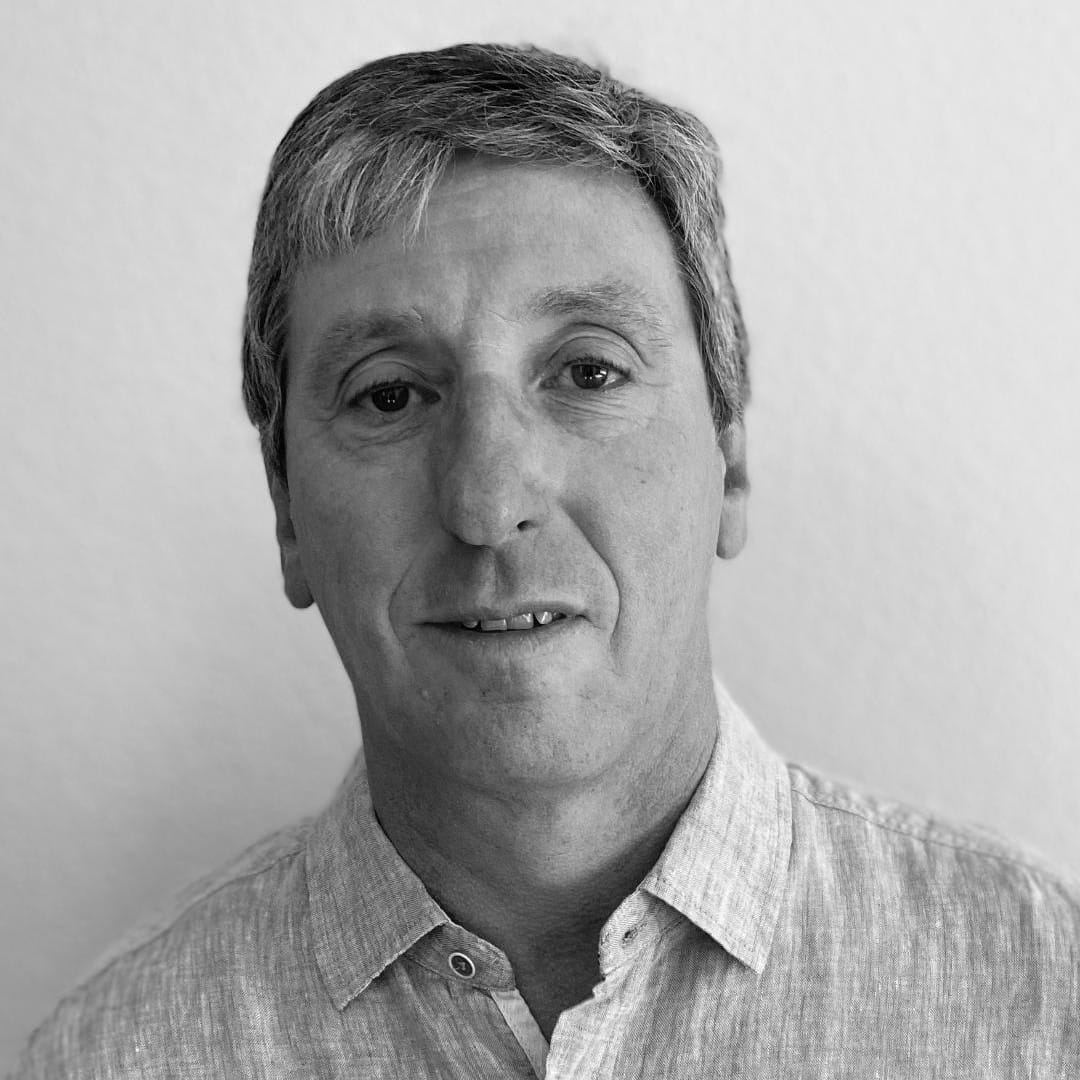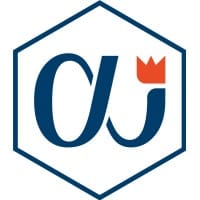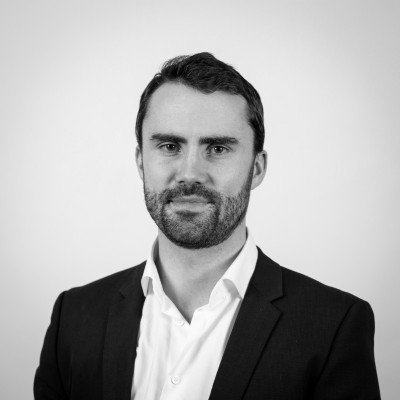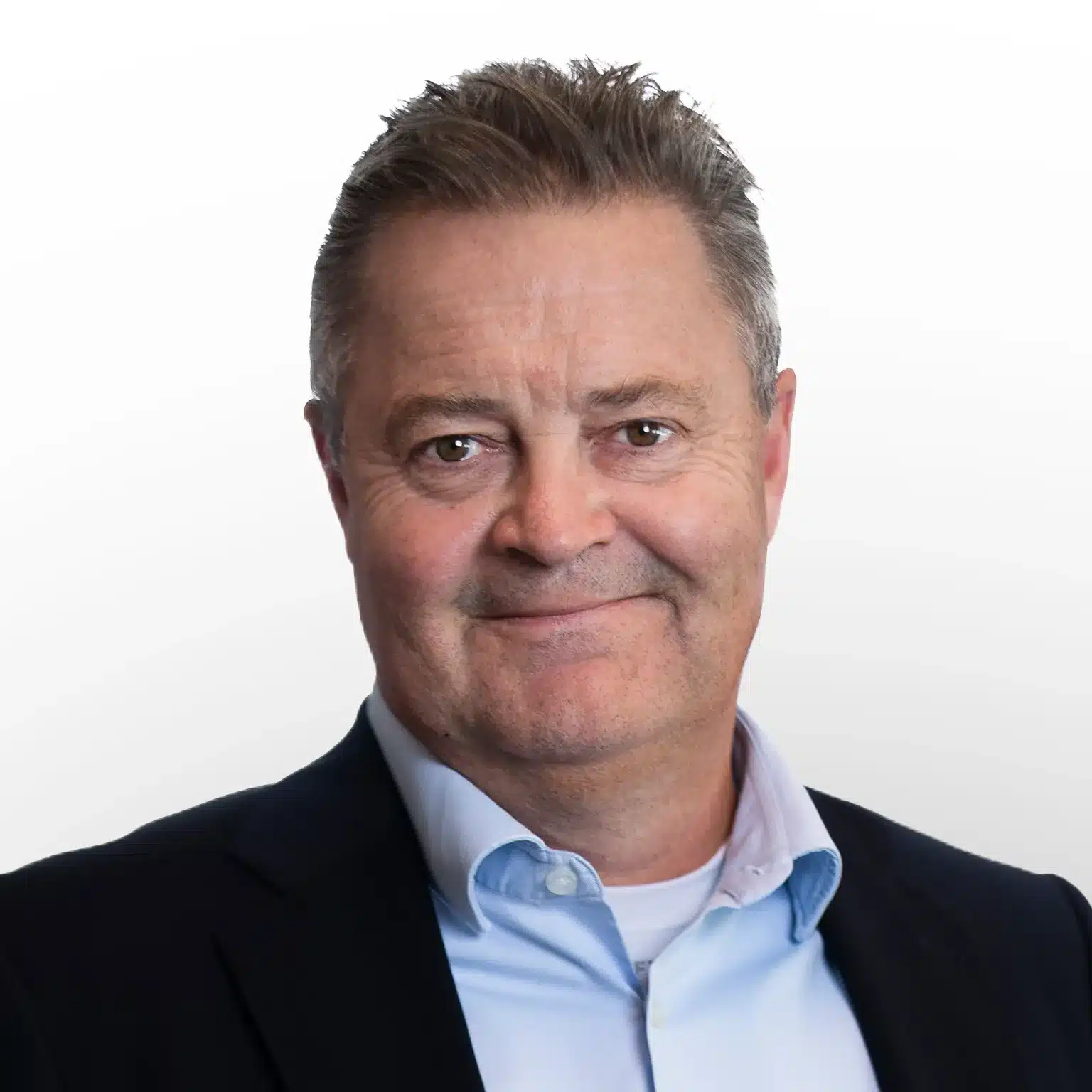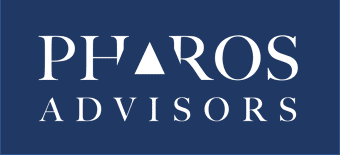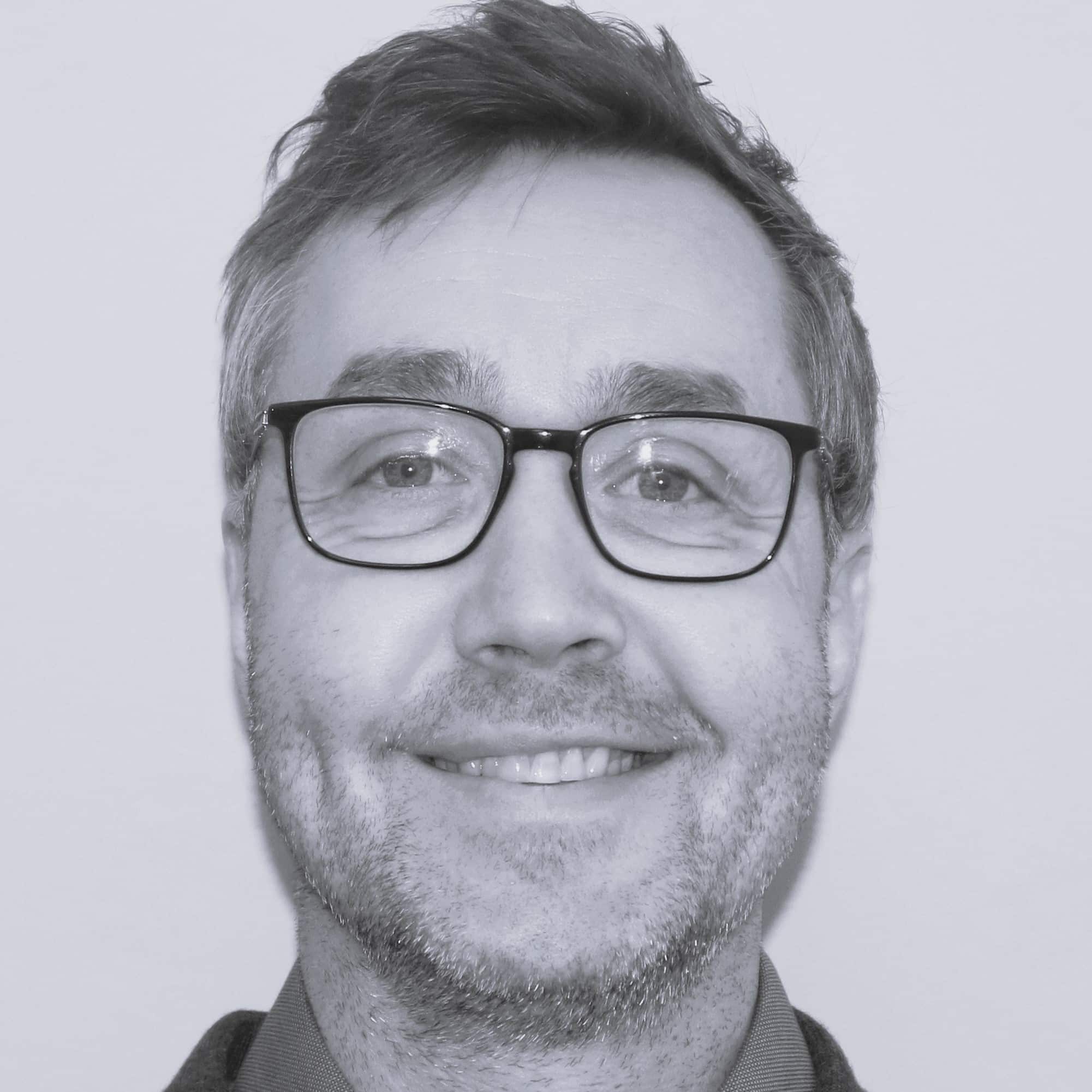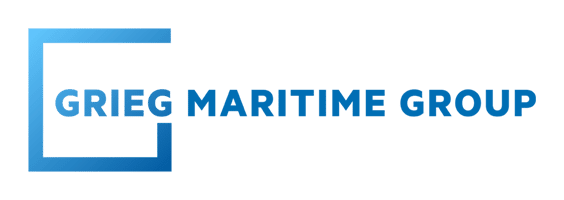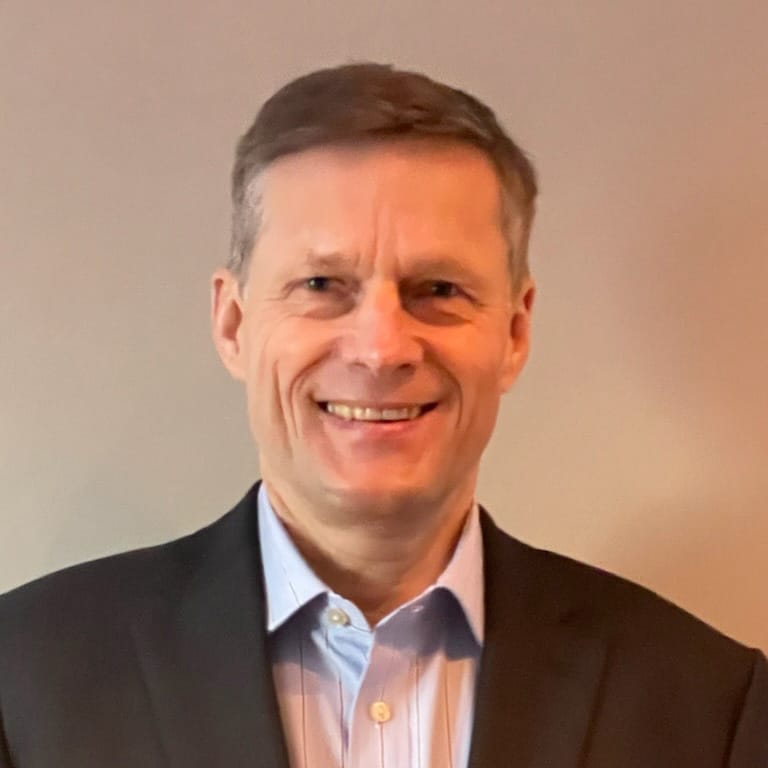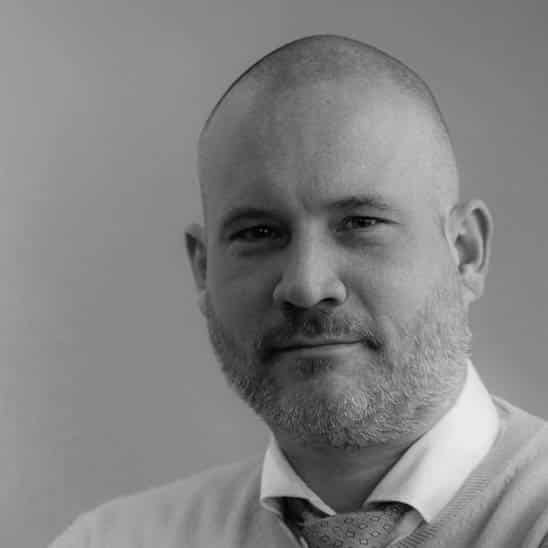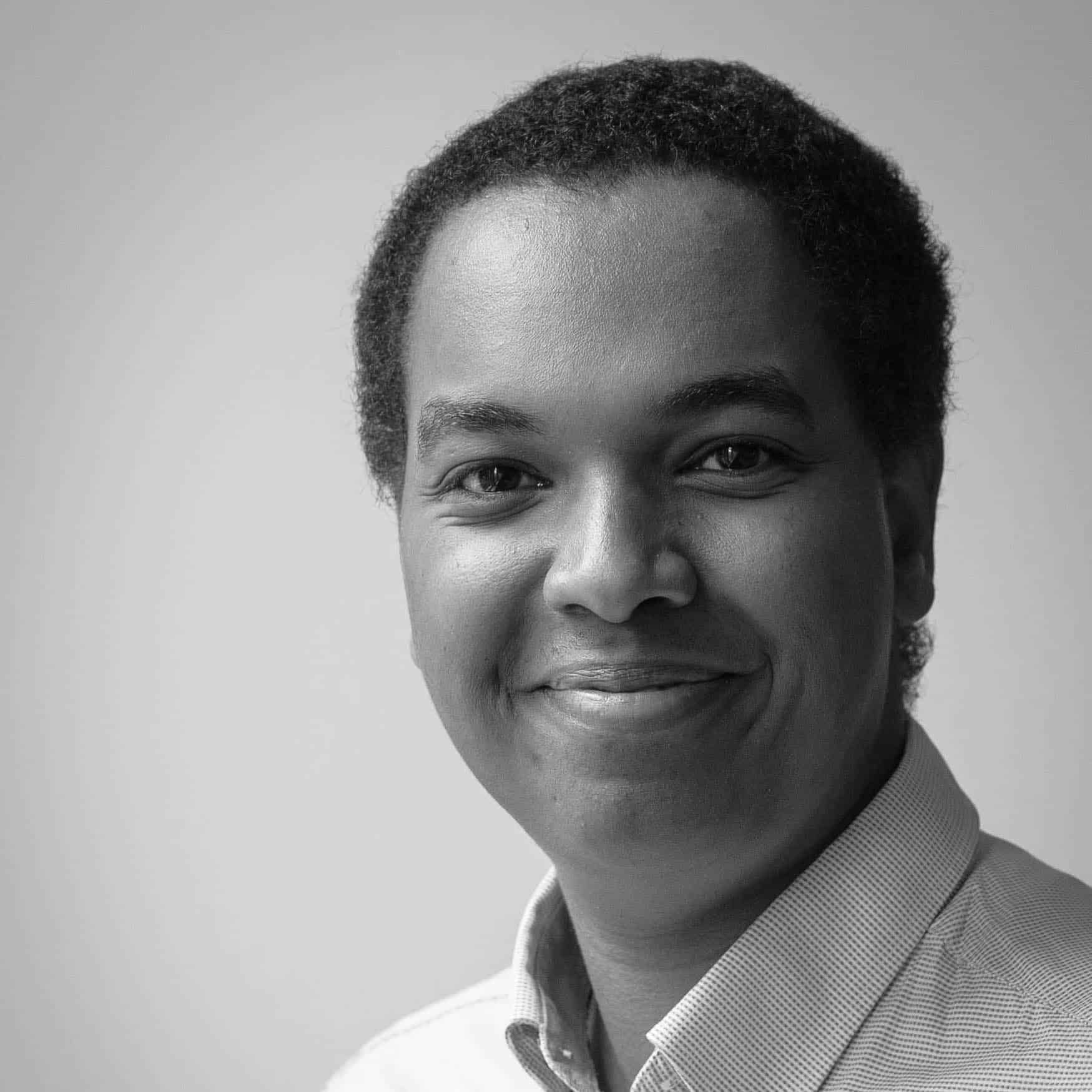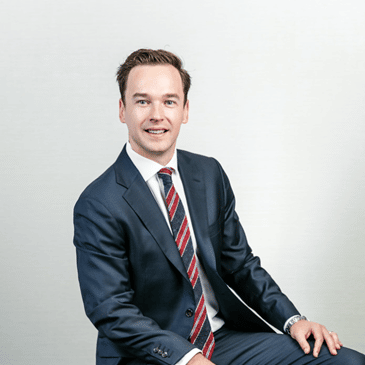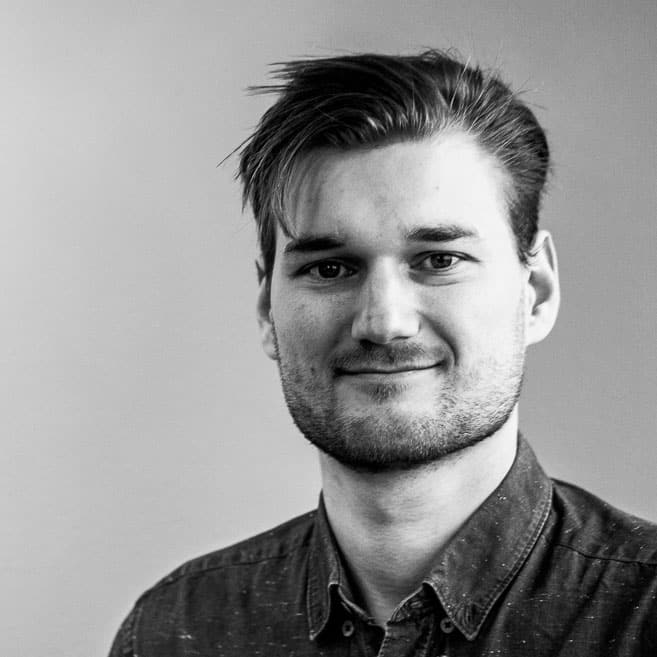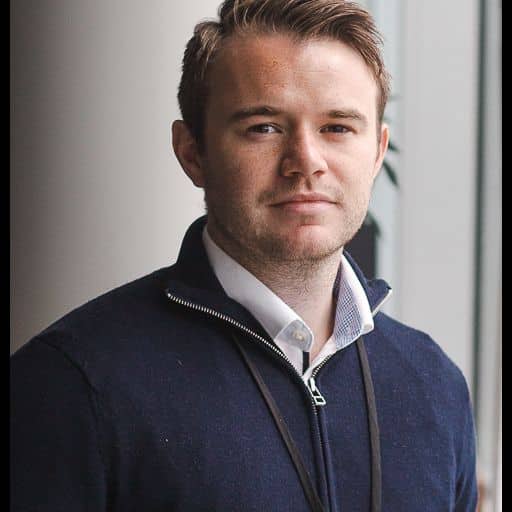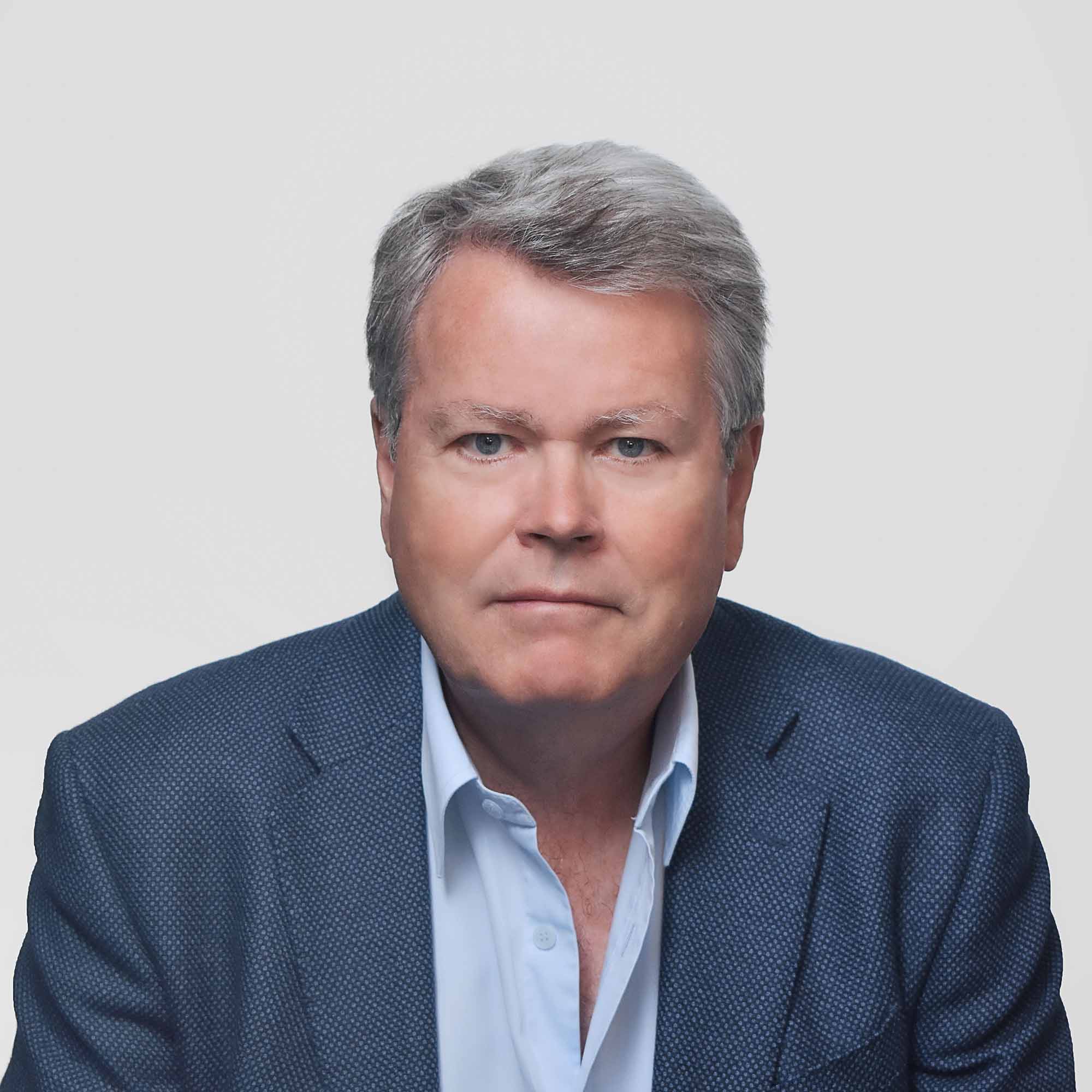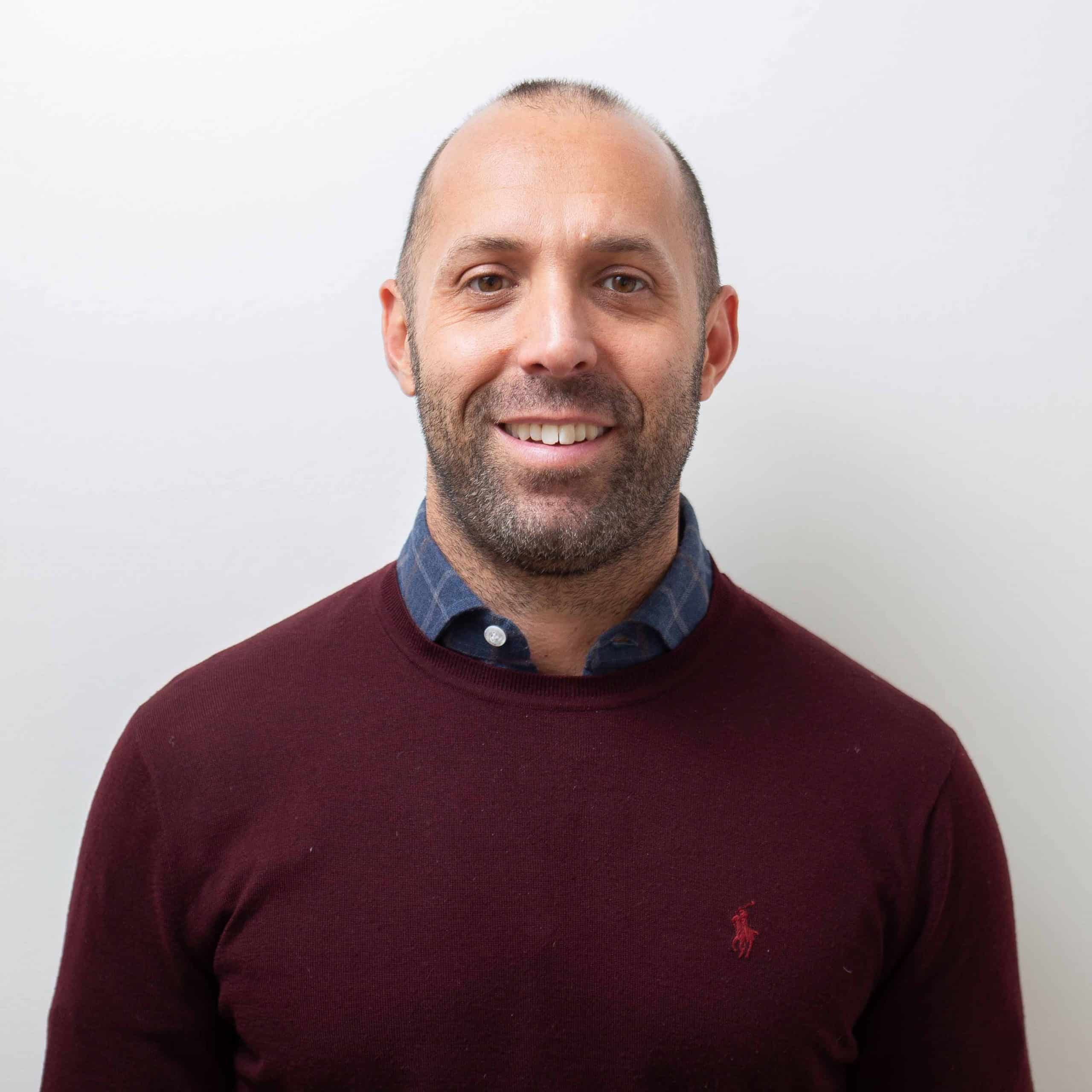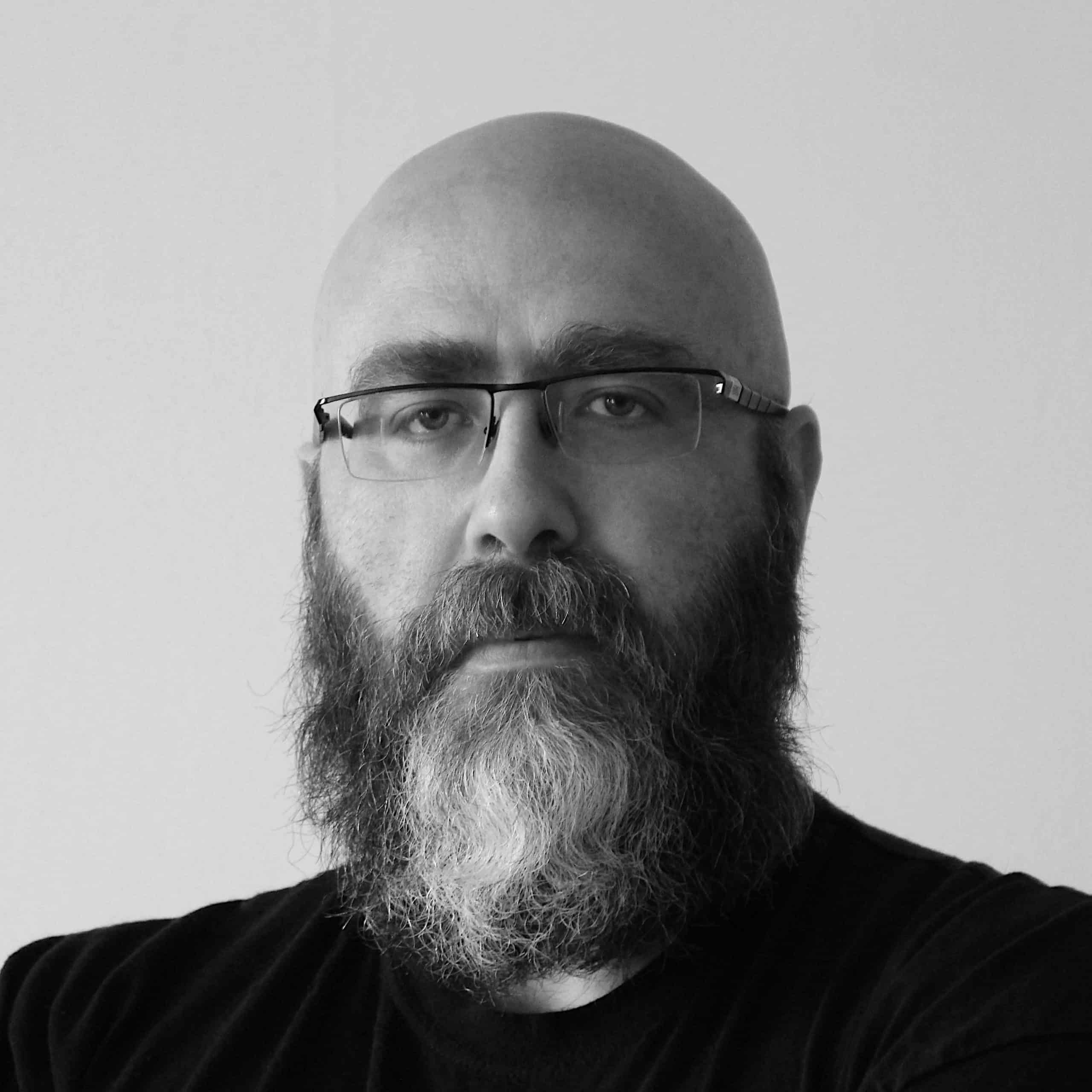This week, offshore drilling contractors secured additional backlog in the U.S. Gulf of Mexico, Egypt, Nigeria, and Brazil and operators confirmed new discoveries in Indonesia, Côte d’Ivoire, and China. Meanwhile, the UK North Sea is facing more uncertainty with the emergence of plans to extend the Energy Profits Levy (EPL), also known as the windfall tax.
In case you missed it, you can access our previous Rig Market Roundup here.
Contracts
Diamond Offshore has executed a two-year contract extension with a subsidiary of bp in the U.S. Gulf of Mexico for the 12,000-ft drillship Ocean BlackHornet. The extension is starting in February 2025, in direct continuation of the rig’s current contract with bp. This contract extension represents approximately $350 million of additional backlog. Bernie Wolford, Jr., President and Chief Executive Officer, commented, “This award, along with the recent Ocean BlackLion award, contributes significantly to our 2025 and 2026 backlog and future cash flows.” As a reminder, bp also recently executed a two-year contract extension in the Gulf of Mexico for the 12,000-ft drillship Ocean BlackLion, which is starting in September 2024 in direct continuation of the rig’s current contract.
Shelf Drilling’s 250-ft jackup Rig 141 has secured a two-year contract extension in Egypt. Rig 141 has worked for Gemsa Petroleum Company (Gempetco) in the Red Sea for several years. This extension is in direct continuation of its current contract with Gempetco for operations in the Gulf of Suez offshore Egypt. The total estimated value for the contract extension is approximately $51 million. One year of the extension will be farmed out to Petrogulf Misr. Following this extension, the expected availability of the rig is February 2026.
Shelf Drilling has secured a three-well contract with an undisclosed local operator in Nigeria for its idle 375-ft jackup Baltic. The contract, secured in February 2024, is for a firm term of ~70 days and has a total value of $10 million. The expected commencement date is April 2024. The rig last worked for TotalEnergies, also in Nigeria, under a contract which was completed in September 2023. It has been idle in Cameroon ever since. Shelf stated that they are in advanced discussions for follow-on work for the rig with both local and international companies in Nigeria.
Foresea’s 10,000-ft drillship, ODN II, has secured a 363-day contract extension with Petrobras to continue operations in the Equatorial Margin. The extension, effective from 5 March 2024, builds upon a previous 30-day extension granted in February of the same year. This contract also includes a 233-day option, contributing approximately $160 million to Foresea’s 2023 total backlog, bolstering its firm backlog to $1.8 billion. As a result of this extension, the commencement of the 8-rig tender awarded to ODN II in December 2022 will be postponed until after the conclusion of its Equatorial Margin operations and requisite rig preparations. ODN II has been actively deployed in the Equatorial Margin since the previous year, participating in Petrobras’ drilling activities at the Pitu Oeste prospect and currently engaged in the Anhanguá well.
Drilling Activity and Discoveries
Shell confirmed that it has spudded the Enigma 1-X exploration well on PEL 0039 offshore Namibia. The well is being drilled with Odfjell Drilling-managed 7,500-ft semisubmersible Deepsea Bollsta. Enigma 1-X is the latest well drilled by Shell on this Orange Basin licence over the past two years, following Graff 1-X, La Rona 1-X, Jonker 1-X, Graff 1-A, Lesedi 1-X, Cullinan 1-X and Jonker 1-A. Speaking in February 2024, Shell CEO Wael Sawan stated that there is “no question around the volume of the resource” offshore Namibia and that the company is looking for “sweet spots” for development. Deepsea Bollsta is expected to be released by Shell in mid-June 2024 after the company declined to exercise a six-month option. Rig owner Northern Ocean said that it has ongoing dialogues with potential customers in West Africa and harsh environment markets to secure employment for the rig in direct continuation of current operations.
Operator Petronas and its partner ExxonMobil have signed a letter of agreement (LoA) with Suriname’s state oil company Staatsolie for further exploration on Block 52, following up from the natural gas discovery made at the Sloanea-1 exploration well in 2020. The LoA sets out the agreements, principles and conditions to further investigate and increase the feasibility of the development of a commercial gas field in Block 52 offshore Suriname and guarantees a tax-free period of ten years from the start of production. The LoA serves as a basis for further negotiations for a “Gas Addendum” to the original production sharing contract for the block signed in 2013, which will establish the procedures and conditions under which the Block 52 partners can assess the gas discovery and possibly subsequently develop and produce it. Petronas is currently drilling the Fusaea-1 exploration well on Block 52 with Noble 12,000-ft drillship Noble Voyager. The rig will complete the Sloanea-2 appraisal well in April 2024 and carry out a production test. The first part of Sloanea-2 was drilled in February 2024. Staatsolie stated that if a commercial gas field is feasible, the first gas production would be around 2031 at the earliest and that possible commercial gas field will be developed via a floating LNG project.
Beach Energy is looking to drill multiple wells in the Otway Basin and Bass Basin offshore Australia. The company has submitted an environmental plan to the Australian offshore safety body NOPSEMA, and the plan is now open for comment. In the Otway Basin, Beach is proposing to drill up to five exploration or appraisal wells in exploration licences VIC/P73 and/or VIC/P43, and up to two exploration wells in exploration licence T/30P. In the Bass Basin, Beach Energy is proposing to drill up to five wells, of which up to four appraisal wells in retention licences T/RL2, T/RL4 and/or T/RL5; and drilling, testing (contingent), and completing one infield well (Yolla 7) in production licence T/L1. Additionally, plugging, abandonment, and removal of well infrastructure above the mudline for five legacy suspended subsea exploration wells is planned for Thylacine 1 in T/L2; Geographe 1 in IC/L23; Trefoil 1 in T/RL2; Yolla 1 in T/L1; and White Ibis 1 in T/RL4. Beach will use the 1,640-ft semisub Transocean Equinox for the drilling programme. Beach Energy is a part of a consortium that has hired Equinox from Transocean. The Transocean Equinox has recently reached Singapore and is soon set to move to Australia to start its contract with Shell, which is firm until the end of March/mid-April 2025, depending on the startup date. Shell has an extension option as well. After this, the rig will start working for the consortium, which includes Beach Energy, Cooper Energy, Woodside Energy, and ConocoPhillips, which will share the unit for their respective drilling programmes. Beach Energy’s Bass and Otway drilling programme will take about 560 days in total.
Harbour Energy has recently made a small gas discovery in Indonesia and shared future plans for the 10,000-ft drillship West Capella it is using to drill in the region. After Mubadala made a major gas discovery in the Layaran well in South Andaman in December 2023, Harbour moved the drillship to drill the Halwa and Gayo prospects on the Andaman II licence, where operations are now nearing completion. The Halwa-1 well encountered low gas saturations, while a small gas discovery has been made at Gayo. Once the Gayo testing programme is complete, the drillship will return to South Andaman to drill the shallower Tangkulo prospect to the south of Layaran, aiming to prove up additional volumes, Harbour said in an operational update on Thursday. Additionally, Harbour said that Mubadala, operator of South Andaman, intends to add a fifth well to the campaign to appraise the Layaran discovery. Harbour owns a 20% stake in South Andaman and 40% operated stake in Andaman II. Worth noting, rig owner Seadrill said last week that the drillship was expected to conclude operations in August 2024 due to a revised well schedule. Still, Seadrill said that the well-based contract the rig is working under could mean that the end date for work could move again.
Brazilian giant Petrobras has started drilling the Joelho (1-BRSA-1391-ESS) wildcat in Block ES-M-596 in the Espírito Santo Basin. The operator started drilling operations on 24 February 2024, using Foresea’s 10,000-ft drillship Norbe IX, which is under contract until early 2025. The drilling campaign is underway at a water depth of 2,102 metres and is anticipated to continue for a duration of two months. Block ES-M-596 is from the 11th Bid Round, and Petrobras holds 100% participation. Joelho is the second well scheduled for the block, following the drilling of the Andura prospect, in June 2022.
Eni has made a “significant discovery” on block CI-205 offshore Côte d’Ivoire. The company stated that preliminary assessments of the Calao discovery indicated potential resources between 1 billion and 1.5 billion BOE. Eni called Calao the second largest discovery in the country, following Eni’s Baleine field discovered in September 2021. Calao was discovered by the Murene 1X exploration well, drilled to a depth 5,000 m (16,404 ft) in 2,200 m (7,218 ft) of water with the Saipem-managed 12,000-ft drillship Deep Value Driller. Drilling of Murene 1X began in January 2024. Deep Value Driller is contracted to Eni into 2026. According to Eni, the well encountered light oil, gas and condensates in various intervals of Cenomanian age, characterized by “good to excellent permeability values.” Eni has already discussed appraisal and development plans for the discovery with the government of Côte d’Ivoire. Eni operates block CI-205 in partnership with state oil company Petroci Holding. Eni also holds participating interests in deepwater blocks CI-101, CI-401, CI-501, CI-801, and CI-802 offshore Côte d’Ivoire in partnership with Petroci Holding.
China’s CNOOC has made a major oilfield discovery of Kaiping South in the South China Sea, adding over a hundred million tonnes of oil equivalent proved in-place volume. The Kaiping South Oilfield is located in the eastern South China Sea, with an average water depth of approximately 500 metres. The main oil-bearing plays are the Zhuhai Formation, Enping Formation, and Wenchang Formation of Paleogene, and the oil property is light crude. The discovery well KP18-1-1d was drilled and completed at a depth of 3,462 meters, which encountered a total of 100.6 metres of oil and gas pay zones. The well was tested to produce an average of approximately 7,680 barrels of crude oil and 0.52 million cubic feet of natural gas per day.
Demand
In his Spring Budget 2024 speech, UK Chancellor of The Exchequer Jeremy Hunt said that the sunset on the UK’s Energy Profits Levy would be extended for an additional year to the end of March of 2029. In his speech, Hunt said that the government would legislate in the finance bill to abolish the Energy Profits Levy should market prices fall to “their historic norm for a sustained period of time.” However, Hunt added that the increase in energy prices caused by the Ukraine war is expected to last longer as will “windfall profits” in the oil and gas sector. Introduced in 2022, the Energy Profits Levy is a tax on the “exceptional profits” of oil and gas companies in the UK and applies to exploration and production of oil and gas in the UK and on the UK Continental Shelf. The tax was increased from 25% to 35% in January 2023. In 2023, the UK government introduced the Energy Investment Security Mechanism (ESIM), which will end the Energy Profits Levy early if the 6-month average price for both oil and gas is at or below the ESIM threshold prices. As of 6 March 2025 the ESIM threshold prices are $71.40 per barrel for oil and £0.54 per therm for gas. These thresholds are based on a 20-year average to the end of 2022. These thresholds will be adjusted from 1 April 2024, and annually thereafter, by the preceding December’s Consumer Prices Index figure. The Energy Profits Levy has been unpopular with operators in the UK North Sea, with several companies citing it as a reason for cutbacks in activity there. The Labour Party, the UK’s current opposition party, has called for “a proper windfall tax on the excess profits of oil and gas companies,” which could include a 3% increase to the Energy Profits Levy. The next UK general elections must be held by 28 January 2025.
Following the UK government’s announcement about the extension of the Energy Profits Levy (EPL) on the oil and gas producers in the country, also known as the windfall tax, the industry has expressed its disappointment with the decision, voicing concerns about the potential impact of this on investments in the sector. In his Spring Budget 2024 speech, UK Chancellor of The Exchequer Jeremy Hunt on Wednesday announced that the EPL would be extended for an additional year, to the end of March of 2029, thereby raising £1.5 billion (about $1.9 billion). Hunt said: “We want to encourage investment in the North Sea so we will retain generous investment allowances for the sector.” The government will also include legislation in the Spring Finance Bill to disapply the levy when prices return to their “historic norm for a sustained period of time.” Offshore Energies UK (OEUK), the industry trade body, said the extension is “a disappointing blow to the industry which risks jobs, investment and economic growth.” David Whitehouse, chief executive of OEUK, commented: “The industry is being taxed on windfall profits which no longer exist and facing a fourth round of fiscal change and turmoil in less than two years, making it impossible to plan investment for the energy transition and the path to net zero.” Whitehouse reiterated the organisation’s previous warnings that “thousands of jobs and billions of pounds in national revenue are at risk because of the destabilising impact of these tax decisions.” Reacting to these changes, UK operator Harbour Energy, which previously voiced its opposition to the EPL and reduced investments in the country as a result, said it is currently assessing the potential impact of this announcement. Another UK operator, Serica Energy, expressed “considerable disappointment” with the extension of the EPL. Mitch Flegg, CEO of Serica, said: “Current oil and gas prices do not represent windfall conditions for UK producers and increasing the tax burden on domestic oil and gas production again will be damaging for UK jobs and the economy.” The current government’s decision comes barely a month after the Labour Party’s proposal for an increase and extension of the windfall tax.
Hartshead Resources is reviewing the project economics and timeline associated with its Phase 1 development plan (Somerville and Anning) in the UK North Sea, given the recently proposed changes in taxation policy from the UK Labour Party. Following a submission in 2023, the Phase I Development Field Development Plan (FDP) currently sits with the North Sea Transition Authority (NSTA) and is awaiting updates from HHR on route finalisation. Hartshead said that the project timeline is currently uncertain following a possible delay to the award of contracts for capital items. Labour has proposed increasing the Energy Profits Levy (EPL), from 35% to 38% leading to an increase in the headline tax rate from 75% to 78%. Also included in the policy proposal is the removal of the investment allowance on the EPL. Investment allowances on other taxes (Ring Fenced Corporation Tax and Supplementary Charge) is planned to remain. The removal of the investment allowance on the EPL will reduce the tax relief on capital investments from 91.4% to approximately 46%. First-year capital expensing is proposed to remain. In addition, the current UK government this week announced the extension of the EPL for an additional year, to the end of March of 2029. The oil and gas industry has voiced concerns about the potential impact of this on investments in the sector. Hartshead stated that, given that the Labour Party are currently significantly ahead in polling, with elections to be held prior to 28 Jan 2025, the company is presently assessing project economics associated with the proposed Labour Party tax changes. The project timeline is currently under review, however, the likely delay in awarding of key contracts for capital items associated with the long lead items for development would result in a delay to the first gas, previously scheduled for 2025. Chris Lewis, Hartshead CEO, commented: “The danger is that these proposals will cause a flight of capital to other jurisdictions, decimate the skills and supply chain required for the UK to lead the energy transition and result in the loss of tens if not hundreds of thousands of jobs.”
Rig Sales
Ocean Oilfield’s 150-ft jackup rig Dhabi II is currently being marketed for work or sale. Dhabi II was delivered from Baker Marine in 1981 as Sedco 160 and has predominantly worked in the UAE for ADNOC. It was initially owned by Paragon Offshore, until Borr Drilling acquired the company in March 2018. In April 2020, the rig was purchased by Ocean Oilfield. The rig is a Baker Marine BMC-150-IC design unit, outfitted for operations in water depths of up to 150 ft and capable of drilling wells up to 20,000 ft. Following the conclusion of its latest contract with ADNOC on 10 February 2024, Dhabi II was demobilized to Ocean Oilfield’s shipyard in Mussafah Port in Abu Dhabi, where it will be warm stacked, awaiting the right contract or a sale opportunity.
Mobilisation/Rig Moves
Diamond Offshore’s 3,000-ft semisub Ocean Patriot has mobilised from Invergordon, Scotland to the UK North Sea for a contract with Serica Energy. The rig mobilised from Cromarty Firth over the last weekend. It had been there since the end of January 2024 when it completed its contract with Repsol, also in the UK North Sea. The 60-day P&A contract with Serica was announced in February 2024. Following the completion of this contract – expected in May – the rig is still available for the remainder of 2024 before starting a long-term job with TAQA in January 2025. Diamond is targeting the North Sea spot market to fill out the rig’s remaining availability for this year.
ARO Drilling CEO Mohamed Hegazi stated that the company’s 350-ft newbuild jackup Kingdom 2 is undergoing the final stages of commissioning and is anticipated to be delivered and begin work for Saudi Aramco in a few weeks. Following delivery in Q2 2024, the rig will start an initial eight-year contract with the state oil and gas company. The LeTourneau Super 116E Class rig is the second unit built at the International Maritime Industries yard in the UAE for ARO Drilling. The 350-ft sister rig Kingdom 1 was delivered in 2023 and began its own eight-year contract with Saudi Aramco in November 2023. Valaris-owned 350-ft jackup Valaris 76 is also currently undergoing upgrades and refurbishment at a shipyard in the UAE. The rig is leased to ARO Drilling and is expected to begin a five-year contract with Saudi Aramco in June 2024.
Eldorado Drilling has taken delivery of the 12,000-ft drillship Zonda from Samsung Heavy Industries in South Korea. The newly-delivered rig is now en route from South Korea to Singapore, with arrival expected around 18 March 2024. Eldorado Drilling bought the Samsung 12000 design rig, also known as Pacific Zonda, from the yard in April 2023 for an estimated $200 million. The rig was originally ordered by Pacific Drilling in 2013 and later cancelled in 2015. Pelago Management is currently overseeing Zonda and newbuild Samsung 12000 drillships Dorado and West Draco, which were also bought by Eldorado Drilling. Pelago Management is overseeing the rigs from delivery to operational readiness and further. Zonda secured a three-year contract with Petrobras offshore Brazil in 2023, scheduled to begin this year. The rig will be managed by Petroserv during this Brazilian work.
Thai oil and gas company PTTEP is set to move the 400-ft jackup Noble Tom Prosser from a well site offshore Sarawak, Malaysia, to Labuan anchorage. The jackup drilling rig will move from PTTEP’s Satong-1 well, Block SK405B, to Labuan anchorage starting on 9 March until 13 March 2024. Vessels involved in the rig move include Sealink 178 and Intan Ratu AHTS units. In May 2023, the Noble Tom Prosser was awarded two contracts for work offshore Sarawak, Malaysia, to drill 14 wells. It was said at the time that the two contracts included a rig sharing agreement between two undisclosed customers, now understood to be PTTEP and Shell. The second contract, presumably with Shell, is expected to start this month, and should keep the rig busy until mid-May 2025, at least. The contract includes extension options.
Other News
APA Corporation and its partners CEPSA and Petronas have returned part of Block 53 offshore Suriname to state owned company Staatsolie. APA and its partners will concentrate on the Baja-1 area of the block going forward. The option to return a block or part of it is possible through the production sharing agreements that Staatsolie has with various international oil and gas companies. Staatsolie will bring the vacated part of Block 53 back under contract later this year. The exploration period of APA’s production sharing contract for Block 53 expired at the end of 2023. A total of four exploration wells were drilled in Block 53, with oil found only at Baja-1, which was drilled with the 10,000-ft drillship Noble Gerry De Souza in 2022. APA and its partners decided not to exercise the option to extend a work program that would involve drilling at least one exploration well. The production contract is now limited to the Baja-1 area where the partners intend to conduct further activity.
Offshore drilling contractor Shelf Drilling has reported a loss and a decrease in revenues in the last quarter of 2023 due to lower fleet utilisation. Shelf’s Q4 2023 adjusted revenues were $238.8 million compared to $264.2 million in Q3 2023. The 10% sequential decrease in revenues was primarily due to lower effective utilisation across the fleet, as four less rigs were operating for the full quarter of Q4 2023, as well as a decline in other revenues as one rig in Norway completed its bareboat charter contract in Q4 2023. Full-year 2023 adjusted revenues were $893.8 million compared to $687.6 million in 2022. Shelf’s Q4 2023 net loss attributable to controlling interest was $16.8 million, compared to a profit of $40.9 million in Q3 2023. The Q4 figures include a $27.7 million loss on debt extinguishment related to Shelf’s debt refinancing transaction in October 2023. Effective utilisation decreased to 85% in Q4 2023 from 90% in Q3 2023, primarily due to the contract preparation project for one rig in India, the contract completion of one rig in West Africa in September 2023, and planned out-of-service for two rigs in Saudi Arabia, partially offset by the commencement of new contracts for three rigs in mid-Q3 2023 in West Africa, United Kingdom, and Italy, and for one rig in India in Q4 2023. The average earned dayrate decreased to $80.2k in Q4 2023 from $81.5k in Q3 2023 mainly due to lower revenue contribution for two rigs in West Africa. David Mullen, Chief Executive Officer, commented: “Oil and gas consumption has reached record levels and is expected to increase for many years to come with shallow water activity in our markets playing a critical role. Global jackup utilisation has reached 94%, and dayrate momentum has accelerated over the past 18 months. There may possibly be some reduction in Saudi Arabia in the quarters ahead, but we expect incremental demand in other regions to sustain strong level of jackup activity and utilisation for the foreseeable future.” Drilling contractors Borr Drilling and Valaris have also recently shared their views on the potential impact of Saudi Aramco’s reversal of previous plans to increase production capacity on rig demand. The two believe there’s incremental demand elsewhere to take on any rigs that would come out of Saudi Arabia. As of 31 December 2023, Shelf’s backlog was $2.3 billion, with 35 of its 36 rigs under contract and with “a solid pipeline of new marketing opportunities for uncontracted days in 2024 and 2025.”
Shelf Drilling is contemplating major out-of-service projects for 300-ft jackups J.T. Angel and Trident XII in the second half of 2024, if the rigs are awarded new three-year contracts in an ongoing tender with Indian state operator ONGC. The two units are currently contracted to ONGC offshore India, ending in August and October 2024 respectively. Shelf Drilling expects ONGC to make contract awards in the ongoing tender around the second quarter of this year. Shelf Drilling 300-ft jackup Trident II recently finished its own extended shipyard stay in the UAE from October 2023 to February 2024 and is currently expected to begin a three-year contract with ONGC offshore India in March 2024.
Speaking during the company’s Q4 2023 conference call, executives at Shelf Drilling said that they expect to secure a new contract for the 300-ft jackup Trident 16 before the end of the second quarter of 2024. Trident 16 completed a contract with Petrobel offshore Egypt in February 2024 and is now available in Egypt and being marketed for opportunities.
As Shelf Drilling North Sea 500-ft jackup Shelf Drilling Barsk (Noble Lloyd Noble) prepares for its upcoming contract offshore Norway, the company said that they are in advanced discussions that could keep the rig working until the end of 2025. The GustoMSC CJ70 design unit completed a contract with Equinor under a bareboat charter in December 2023. During this time, the rig was managed by its previous owner, Noble Corp. The unit is currently in port in Mandal, Norway and will be officially renamed Shelf Drilling Barsk and be transferred over to management by Shelf Drilling North Sea. The rig’s next contract with Equinor offshore Norway is scheduled to begin in May 2024 and is for two firm wells with two optional wells. The firm portion of the contract is expected to keep the rig working into January 2025.
Talos Energy has completed the acquisition of QuarterNorth Energy. QuarterNorth has assets concentrated in the deepwater US GOM, while Talos operates both in the United States and offshore Mexico. After completing the acquisition, Talos has around 183.0 million shares of common stock outstanding, including approximately 24.4 million shares issued to the QuarterNorth shareholders as consideration for the transaction. Both QuarterNorth and Talos had contracts lined up for Seadrill 12,000-ft drillship West Vela in the US GOM. With the acquisition, West Vela will now work for Talos from around September 2024 to June 2025.
Oil and gas drilling services provider ADES Holding Company reported revenues of SAR 4.3 billion and normalized net profit of SAR 473.1 million for 2023, up by 75.6% and 84.2% year on year. ADES provides onshore drilling services as well as jackups. ADES stated its total backlog was in over SAR 27.54 billion as of 31 December 2023. ADES CEO Mohamed Farouk reacted to the recent announcement that client Saudi Aramco was cutting its production targets, stating that the “diversity and resilience” of the company’s Saudi Arabia-based jackup fleet “leave us confident in a potentially limited impact, if any, on our KSA operations in light of the recent updates in the Saudi market.” Farouk stated that at this time, there have been no changes or updates concerning the activity of the company’s contracted fleet in Saudi Arabia. He added that ADES expects tightness in the global jackup market and expects a trend of new contract awards and renewals secured at higher dayrates to continue. ADES anticipates growing its market presence in Southeast Asia and expects demand from Southeast Asian and Indian markets and other parts of the Middle East to offset potential excess supply in Saudi Arabia.
TotalEnergies has expanded its presence in South Africa’s Orange Basin with a new offshore exploration licence. French supermajor TotalEnergies, in partnership with QatarEnergy, has entered into an agreement to acquire interests in Block 3B/4B, offshore South Africa, from Africa Oil South Africa, Azinam Limited (a subsidiary of Eco Atlantic Oil and Gas), and Ricocure. Upon completion of the deal, TotalEnergies will have 33% participating interest in Block 3B/4B and will assume operatorship, while QatarEnergy will hold a 24% stake. The remaining stakes will be retained by Ricocure (19.75%), Africa Oil SA (17%), and Azinam (6.25%). The transaction is awaiting final approvals from the relevant authorities. Block 3B/4B is strategically located next to the DWOB licence, which is operated by TotalEnergies (50%), QatarEnergy (30%), and Sezigyn (20%). In January this year, Africa Oil finalised the acquisition of a 6.25% interest in the block from Azinam. Previously, the block was operated by Africa Oil (26.25%), along with Azinam (20%) and Ricocure (53.75%).
The Norwegian Ministry of Energy has announced two areas for CO2 storage comprising defined blocks in the North Sea off Norway. This is the sixth time that acreage is being announced for CO2 storage on the Norwegian Continental Shelf (NCS). Several commercial companies have made inquiries to the ministry with a desire regarding awards of one or more specific storage areas. These inquiries form the basis for the areas now being announced. Announcement and possible allocation of area for a storage permit will take place after individual application. The permitting process is initiated by companies by applying for permits according to the storage regulations, after having established that they have a sufficiently good basis for applying. The application deadline is 24 April 2024. Minister of Energy, Terje Aasland, said: “I am very pleased that several companies want storage areas for commercial storage of CO2 on the Norwegian continental shelf. We have developed a system that provides good access to promising areas.”
Tullow Oil stated that it is maturing the prospect inventory on exploration licences CI-524 and CI-803 offshore Côte d’Ivoire ahead of drill candidate selection for an exploration well to potentially be drilled in 2025. Tullow is the operator of CI-524 and CI-803, which are adjacent to the company’s TEN fields offshore Ghana. Tullow also has a non-operated 26% interest in the Espoir field on CI-26 offshore Côte d’Ivoire. Tullow said that it is continuing to work with the operator Canadian Natural Resources to establish the best way forward for the asset. In mid-2023, Tullow said it was “considering all options” for its stake in the field.
Challenger Energy Group has entered into a farm-out agreement with a subsidiary of Chevron, which will see Chevron acquire a 60% interest and assume operatorship of AREA OFF-1 block offshore Uruguay, Chevron will pay the company $12.5 million cash on completion of the transaction. Completion and financial close of the transaction will be subject to the satisfaction of conditions precedent and customary third-party approvals from the Uruguayan regulatory authorities, which are anticipated to take several months to finalise. Chevron and Challenger have already begun discussions with regulators. Under the terms of the transaction, Challenger Energy Group will retain a 40% non-operating interest in the block and Chevron will carry 100% of Challenger’s share of the costs associated with a 3D seismic campaign on AREA OFF-1, up to a maximum of $15 million. Following the 3D seismic campaign, should Chevron decide to drill an initial exploration well on the AREA-OFF 1 block, Chevron will carry 50% of Challenger’s share of costs associated with that well, up to a maximum of $20 million. AREA OFF-1 was awarded to Challenger Energy Group in 2020. The company has previously identified the Teru Teru and Anapareo prospects on the block. Challenger Energy Group also has a 100% interest in the AREA OFF-3 block offshore Uruguay, which the company was awarded in 2023.
Viaro Energy has received regulatory approval from the UK’s North Sea Transition Authority (NSTA) for the assignment in the Bressay oil field licence in the North Sea, following the recently completed acquisition agreement with EnQuest. Discovered in 1978, the EnQuest-operated Bressay is located in UKCS Blocks 3/28a, 3/27b, 3/28b, 9/2a, and 9/3a of the Northern North Sea, east of the Shetland Islands. With an estimated potential to extract around 200 million boe, Bressay is viewed as one of the largest undeveloped oil fields in the UK Continental Shelf (UKCS). Under the terms of the Sales and Purchase Agreement, Viaro’s subsidiary, RockRose Energy, acquired a 15% interest in the Bressay field and the EnQuest Producer FPSO for a total consideration of £46 million. The proposed early production system development under review has an estimated capital expenditure of £600 million, with £90 million being RockRose’s net share. The Bressay acquisition marks Viaro’s entry into the UKCS Northern North Sea. Viaro will collaborate with the operator EnQuest on advancing the development concept and Field Development Plan (FDP) in order to access the c. 115 MMbbls of 2C resources at Bressay, which also includes a potential gas tie-back to the Kraken oil field in this initial development phase.
Petronas, via Malaysia Petroleum Management (MPM), has signed Production Sharing Contracts (PSC) for two Discovered Resource Opportunities (DRO) clusters, BIGST and Tembakau, located offshore Peninsular Malaysia. The BIGST Cluster was awarded to PETRONAS Carigali, and JX Nippon Oil & Gas Exploration (BIGST) Sdn Bhd, with a 50% stake each. Meanwhile, Tembakau Cluster was awarded to IPC Malaysia B.V and IPC SEA Holding B.V, with 90% and 10 % interest, respectively. BIGST Cluster, which was discovered in the 1970s, is made up of five undeveloped high CO2 gas fields (Bujang, Inas, Guling, Sepat and Tujoh), and, according to Petronas, was awarded with innovative fiscal terms aimed at attracting complex resource monetisation. Petronas said the cluster was primed for development and is the first high-CO2 gas development in Peninsular Malaysia, incorporating Carbon Capture and Storage (CCS) technology. The gas supply from the fields is important for the region’s energy security as it will spur the development of other similar fields, Petronas said. Tembakau Cluster is a new addition to IPCM’s existing interests in Malaysia. It comprises two undeveloped sweet gas fields (Tembakau and Mengkuang), awarded as Small Field Asset (SFA) PSC, which incorporate a simplified fiscal model and governance process. According to Petronas, the monetisation of these clusters with an estimated recovery of approximately 4 trillion standard cubic feet (Tscf) from BIGST and 260 billion standard cubic feet (Bscf) from Tembakau Cluster will significantly boost gas supply to the Peninsular Malaysia hub.
Image credit: Noble Corp.
